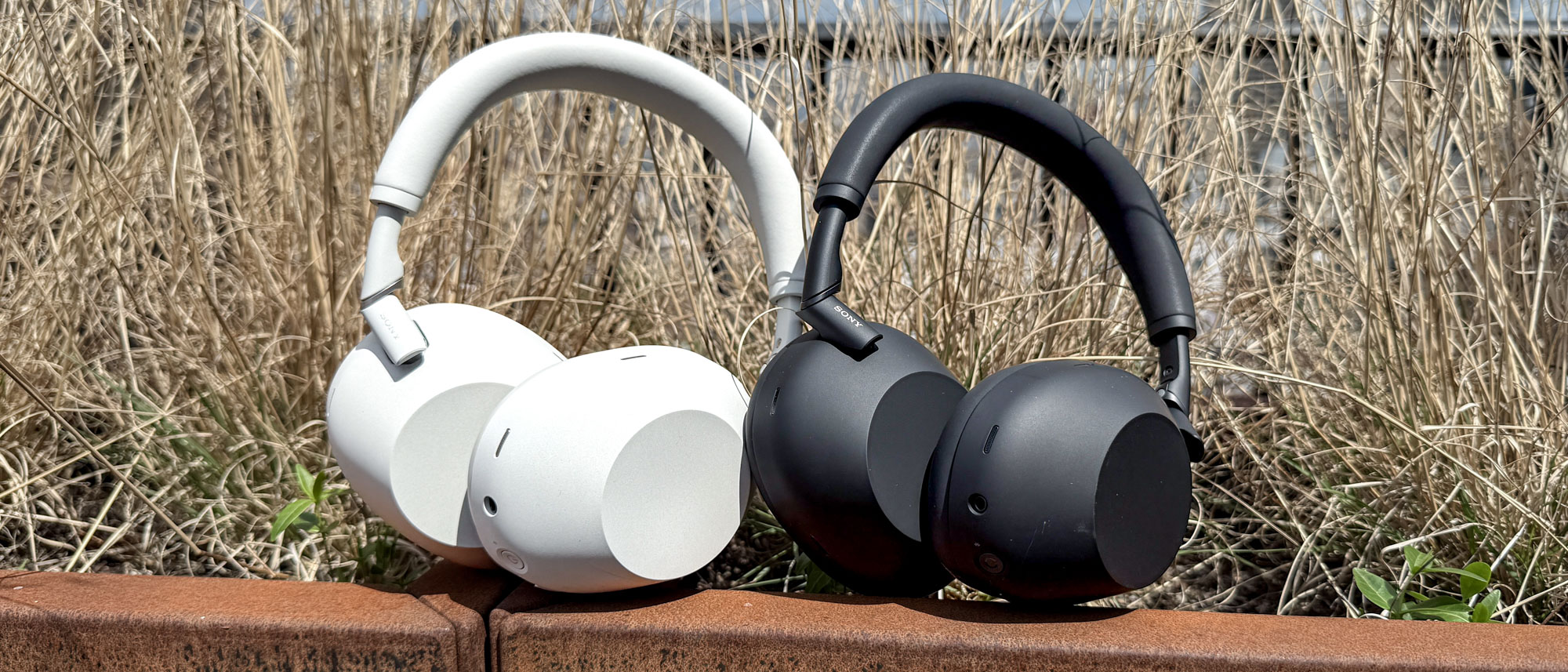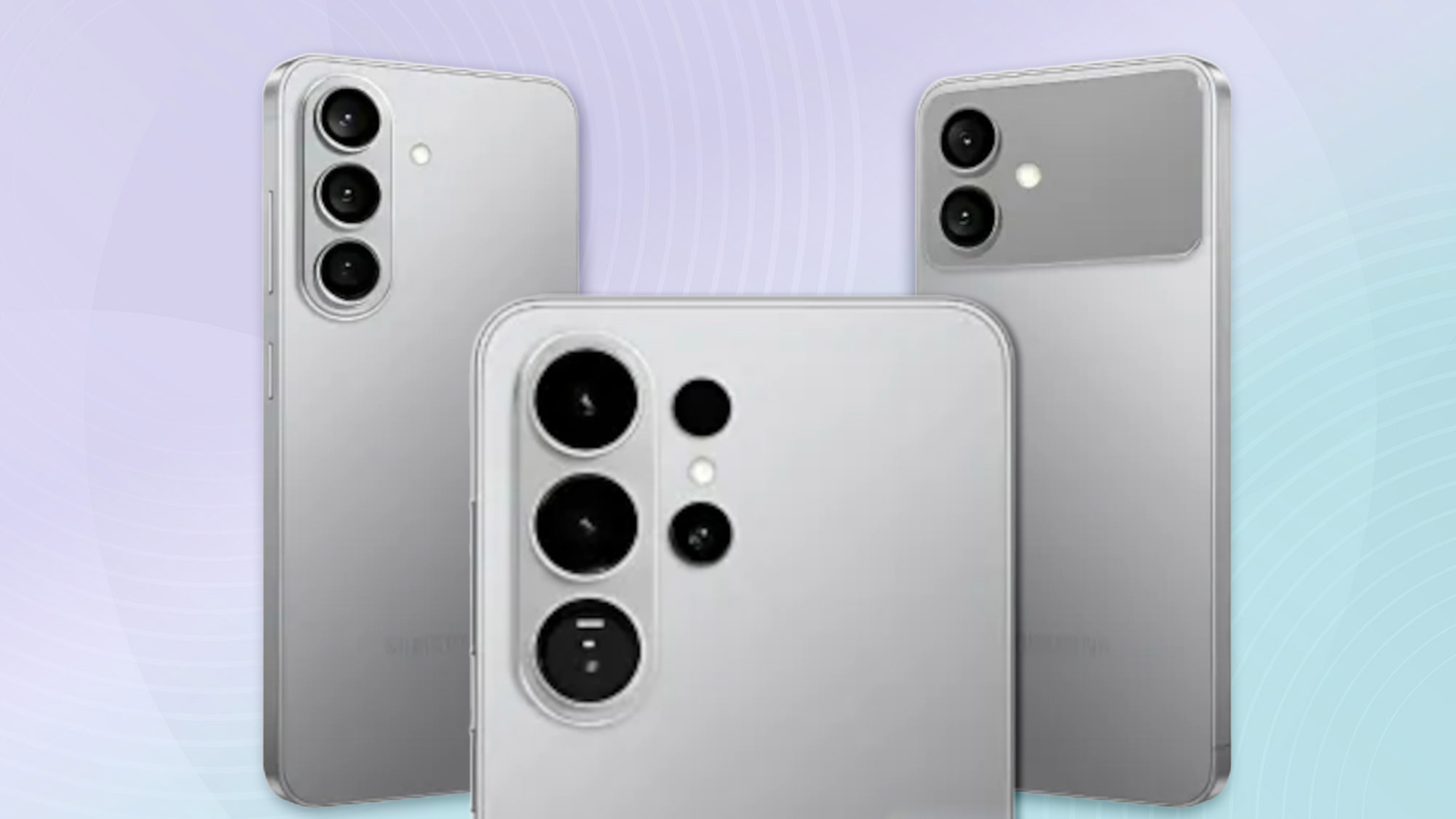Tom's Guide Verdict
Although they’re not the radical upgrade I was hoping for, the Sony WH-1000XM6 make some minor improvements to Sony’s flagship noise-cancelling headphones. They lack a wide soundstage, but they deliver crystal-clear vocals for close to 30 hours without fail.
Pros
- +
Incredible comfort
- +
Improved vocal clarity
- +
30-hour battery life
- +
Great codec support
Cons
- -
Fragile-feeling articulating hinges
- -
Limited soundstage
Why you can trust Tom's Guide
Price: $450 / $600 CAD / £399/AU$699
Connectivity: Bluetooth 5.3
ANC: Yes
Battery: Up to 40 hours; 30 hours (ANC enabled)
Weight: 0.56 pounds (254g)
Colors: Black/White/Navy Blue
Compatibility: iOS, Android
I’ve reviewed every single pair of Sony’s WH-1000X flagship wireless headphones since their debut in 2016. We’ve seen four successors since then — the most recent of which was the Sony WH-1000XM5 — and, now, a fifth with the new 1000XM6.
At this point in the lineup, Sony isn’t reinventing the wheel as much as it is refining the rough edges. That means there’s not a massive difference between this new model, 2022’s WH-1000XM5, or even 2020’s WH-1000XM4.
There are some nice upgrades here, don’t get me wrong, especially in the vocal clarity of phone calls. They excel thanks to a new 12-beamforming microphone array — but the other differences are so minor that they barely warrant a mention in the introduction.
That might make it sound like I dislike the Sony WH-1000XM6; however, nothing could be further from the truth. These are still going to be my travel headphones of choice until Sony releases a new model in 2027 or 2028 — their battery life is on a par with their closest competition, as is their sound quality and noise cancellation.
These are still some of the best wireless headphones you can buy, for sure, and I will feel even better about recommending them once they come down from their new lofty $450 sticker price. But I can’t give them a perfect rating knowing that last year’s model — and even the model released before that — deliver so much of the same performance for two-thirds of the price.
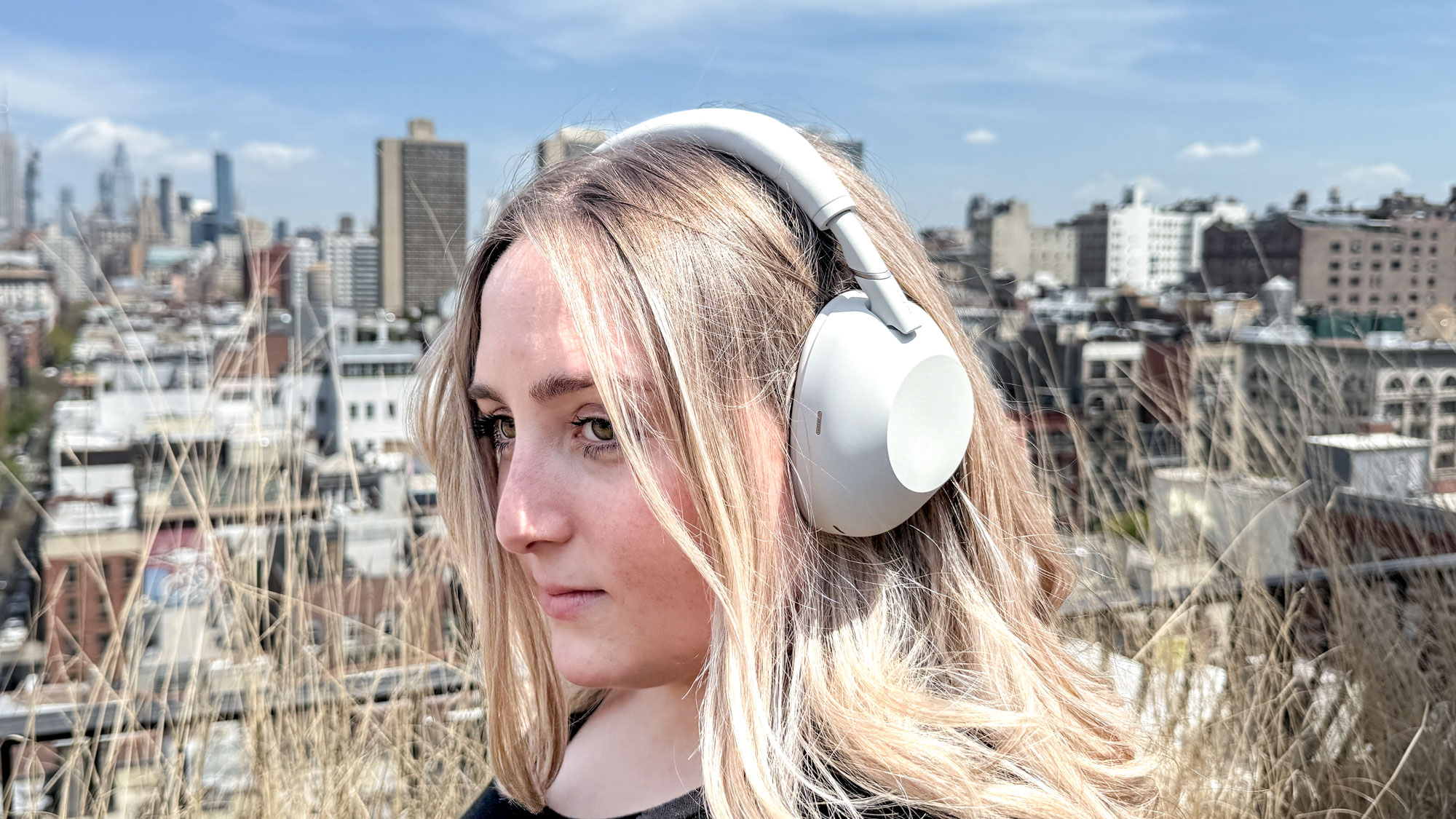
Sony WH-1000XM6 review: price and release date
The Sony WH-1000XM6 launched on May 15, 2025 for $450 or $600 CAD. That’s $50 more than the Sony WH-1000XM5 cost when they launched in May 2022, but $150 more than the M5’s current sale price of $299.
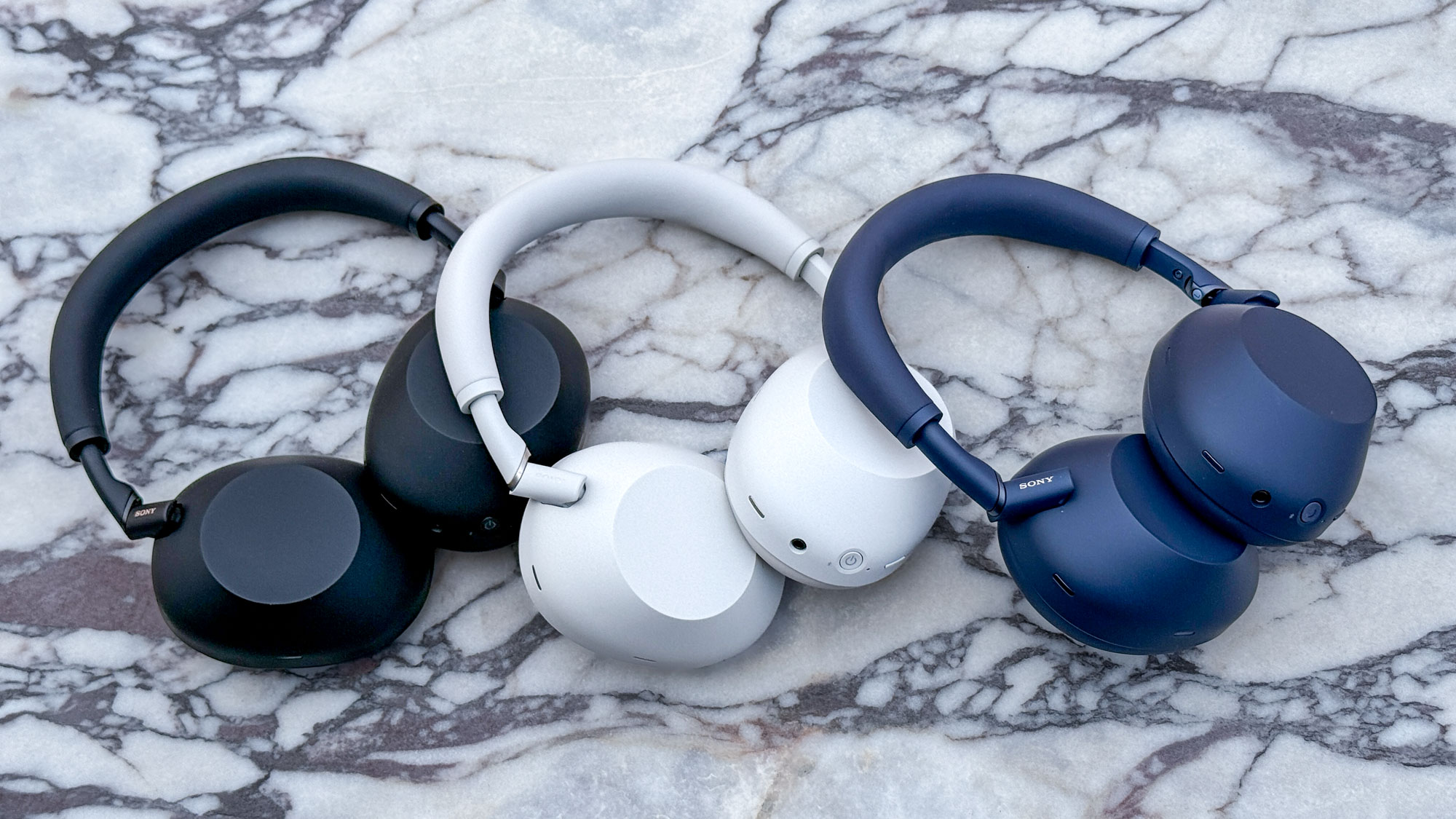
At the XM6’s launch price of $450, Sony faces some stiff competition from Bose, Apple, Sennheiser and Bowers & Wilkins. The Bose QuietComfort Ultra come in at $429 and are easily considered the best noise-cancelling headphones.
Get instant access to breaking news, the hottest reviews, great deals and helpful tips.
The Apple AirPods Max with USB-C come in at $549 — $100 more than the Sony WH-1000XM6 — but you’re getting better functionality with iOS, MacOS and iPadOS devices.
The Sennheiser Momentum 4 Wireless deliver 60 hours of non-stop listening for $299, while the brand-new Bowers & Wilkins Px7 S3 are the best-sounding wireless headphones — with the potential to unseat Sony at the top of the list.
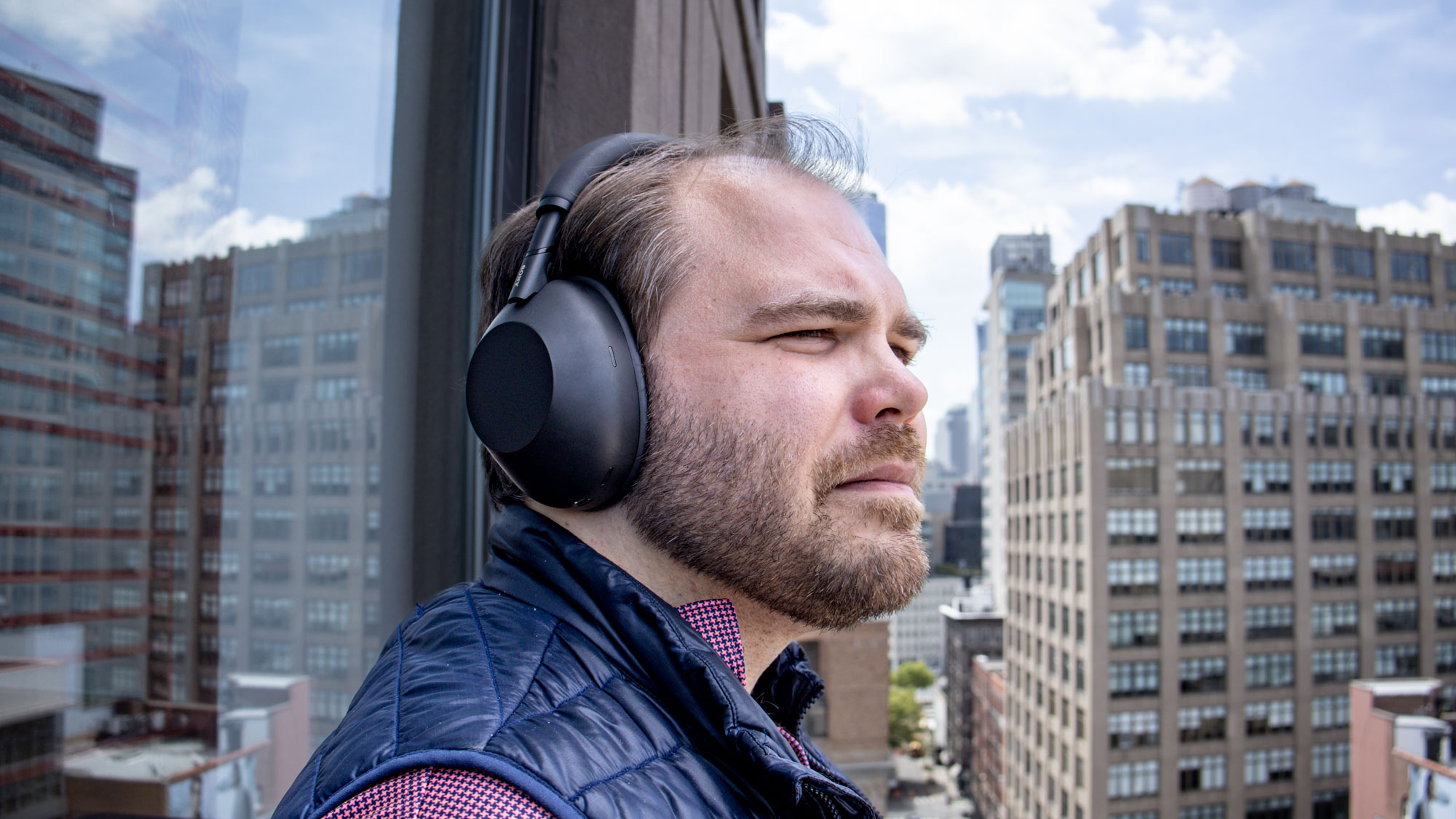
Unfortunately, the latter have yet to go on sale in the US due to the ongoing US tariff situation, but in the UK are selling for £399…which could mean that we’ll get them in the States for around the same price as the M6. If that happens, Sony will have a tough fight on its hands.
Compared to the competition, the Sony WH-1000XM6 aren’t the cheapest, longest-lasting, best sounding or most user-friendly. But, as with prior XM models, they offer a blend of all these attributes, achieving everything I look for in a pair of wireless headphones at a logical price point.
Sony WH-1000XM6 review: design
Both internally and externally, the Sony WH-1000XM6 are different from their predecessor — but don’t expect extreme changes in either case.
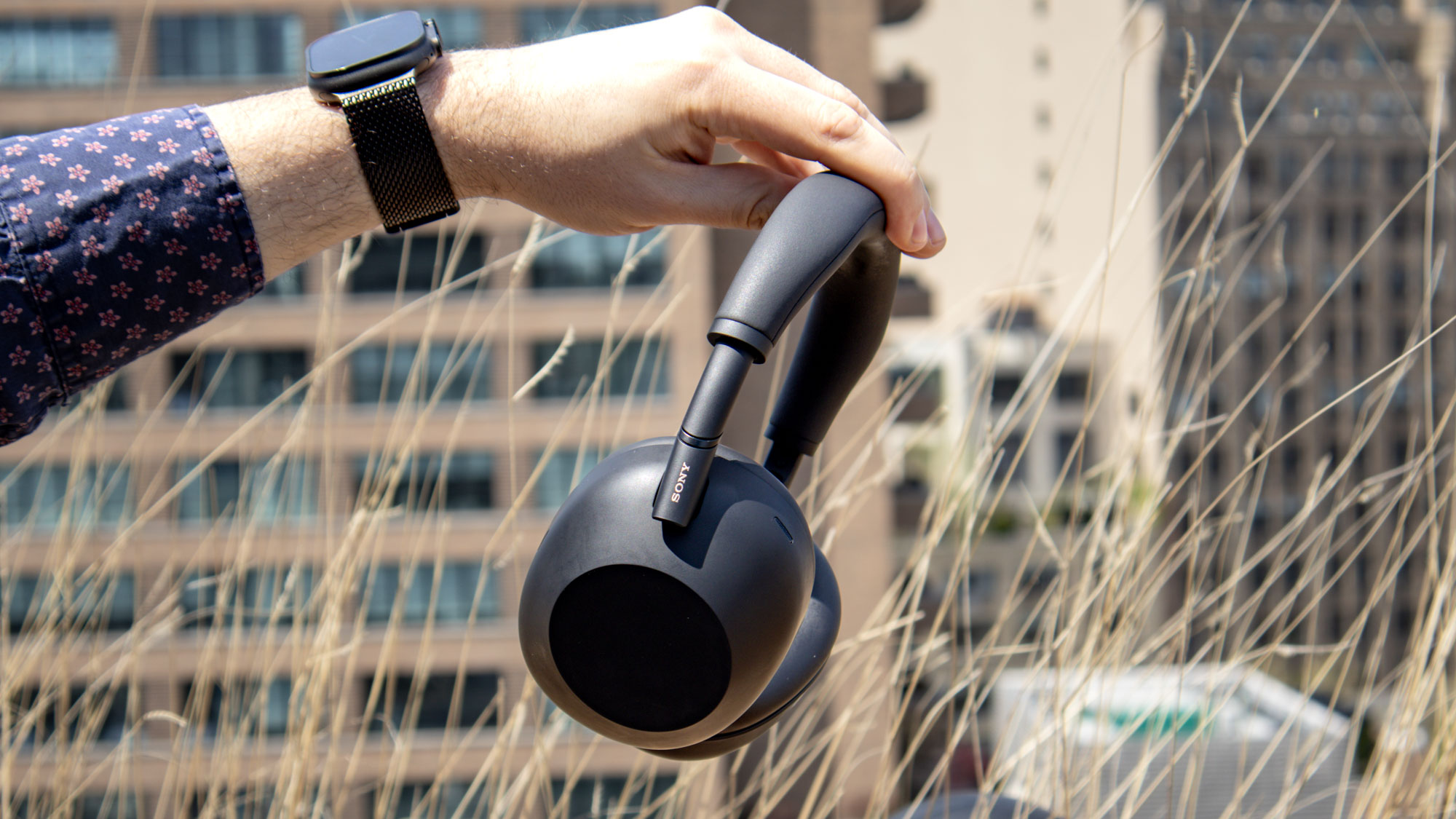
For example, externally, the M6 has a wider headband, and the hinges now fold to make the headphones more compact. But if you didn’t know about the hinges, you’d have a hard time telling the old from the new.
The earcup material is unchanged, and the M6 still uses a physical button for its most important functions: active noise cancellation and power. You’ll also still find ports for a 3.5mm auxiliary cable and USB-C along the outer edges of the earcups.
Because of the larger headband, I do find the M6 more comfortable to wear for longer periods of time than their predecessor, but I am concerned that the extra articulation on the all-plastic hinges could be more prone to snapping under increased pressure.

Thankfully, Sony does provide a clamshell-style travel case for the headphones that latches closed. It doesn’t fold neatly or compress in any way to squeeze into an overpacked bag, but at no point in my testing did I fear for their safety when I packed them inside.
In terms of technical changes, the M6 goes for a 12-microphone array versus the 8 mics on the WH-1000XM5, and a new-and-improved QN3 processor powers the active noise-cancelling algorithm. On the technical side, Sony has changed the actual drivers inside the headphones themselves to focus on vocal clarity and extend high-frequency reproduction.
These changes do make the M6 sound different from any other previous Sony headphones, but we’ll cover all of that down in the performance section below.
Sony WH-1000XM6 review: controls
Controls, similarly, haven’t changed much, but Sony’s flagship headphones do have a few new tricks up their sleeves.
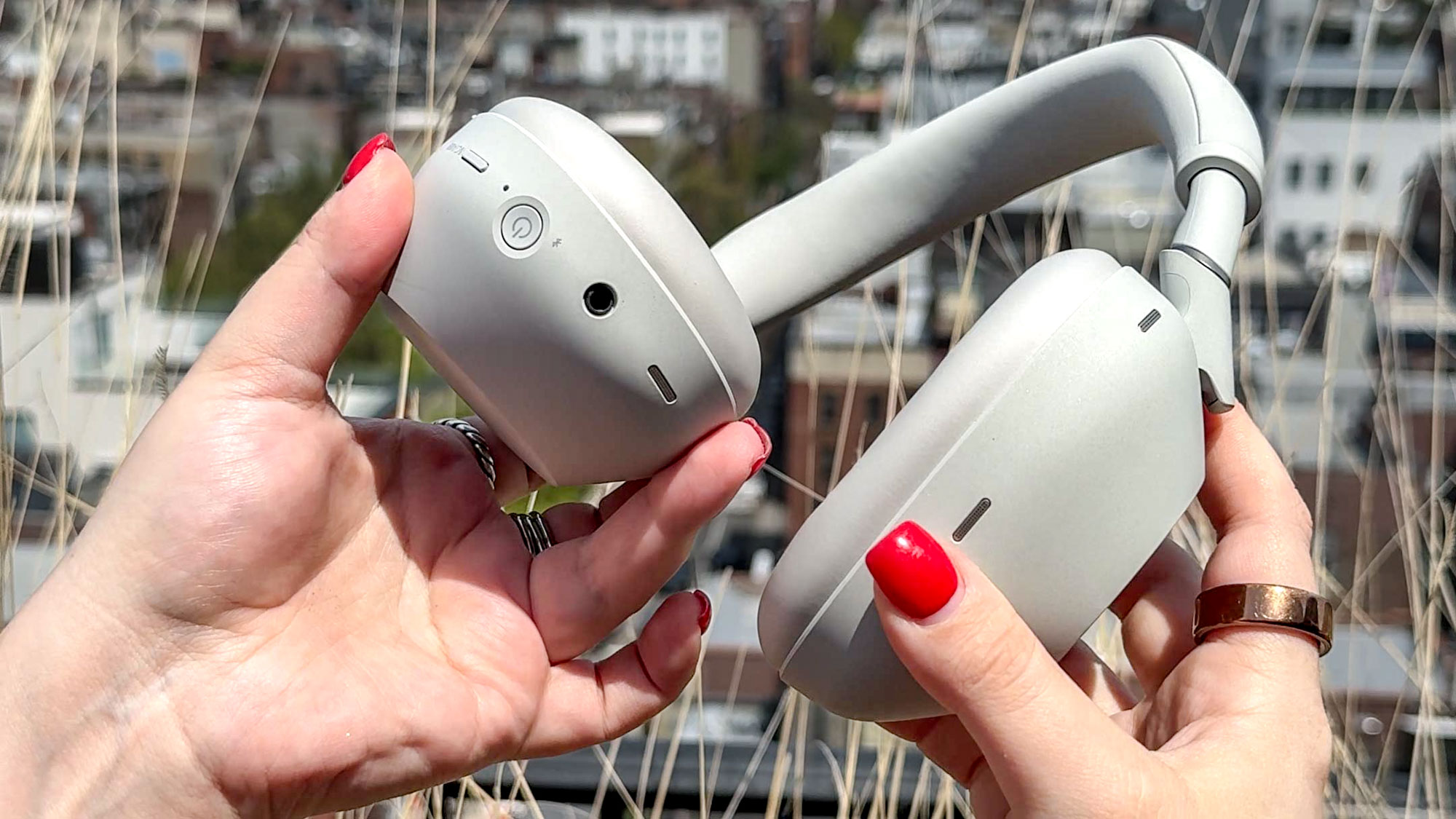
The two physical buttons on the M6 have different shapes now, which means you won’t accidentally turn off the headphones when you simply want to turn off active noise cancellation. You can also hold the noise-cancelling button to mute your microphone on calls.
All other functions are activated by swiping or tapping on the outside of the right earcup. Double-tapping the side of the headphones will play or pause music, while swiping up or down will raise or lower the volume. Pressing and holding on the earcup will bring up your phone’s voice assistant, such as Siri or Gemini.
If you’re a frequent traveler, Sony’s audio passthrough feature is fantastic. To activate it, you simply cup the right earcup. That reduces the volume of your music and uses the external microphones to pick up ambient sound.
This is the fastest and most efficient way to talk to a coworker for a quick second, order a drink from the cafe cart on a plane or train, or simply to listen in for an important audio cue. Thanks to the new microphone array, it’s a vastly improved experience compared to the XM5.
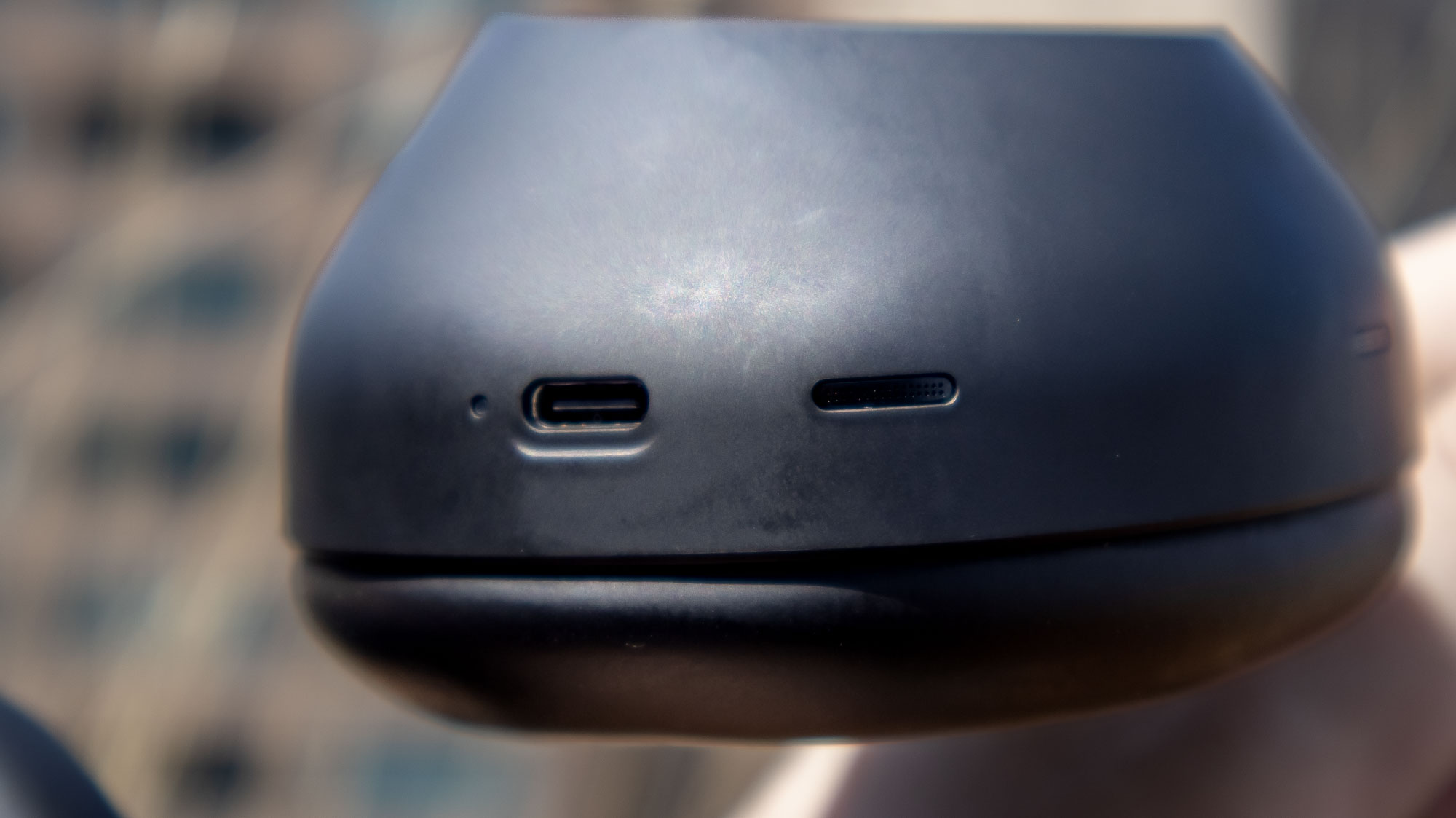
Sony also provides a short USB-C cable for charging and a 3.5mm headphone cable in the carrying case that you can use on a plane. The headphones will still play music when they aren’t charged, but you won’t be able to turn on active noise cancellation or use the touch controls when they’re off.
To customize the controls, you can download Sony’s Sound Connect app on iOS or Android. Here you can adjust the headphones' functions to your heart’s content. There’s a built-in EQ that you can use to change the headphone’s standard sound and enable new features like head gesture control to answer or decline phone calls.
Sony WH-1000XM6 review: sound quality
Compared to the Sony WH-1000XM5, the M6 trades a wide soundstage for better clarity. That’s not a horrible tradeoff to make — and one that I think some folks will appreciate — but listeners who prefer more space to recordings might be left feeling a little cold.
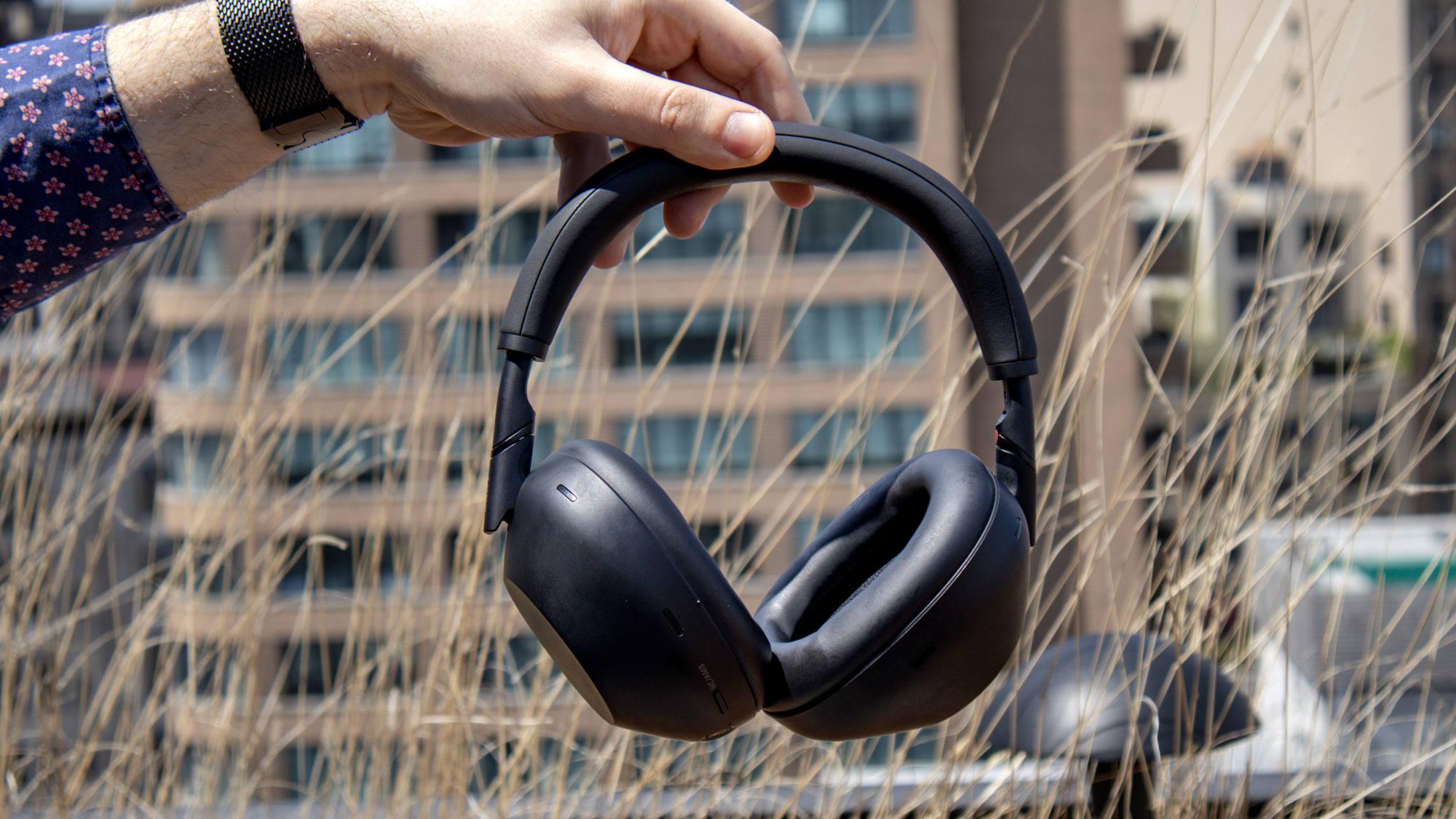
Sony says it developed the sound by visiting Battery Studios in New York City and working directly with its sound engineers. Those engineers have worked on albums for Run DMC, Bob Dylan, Miles Davis, Ozzy Osborne and more, and have optimized the M6 for vocal clarity.
Seminal classic "Kiss from a Rose" by Seal helped me test vocal clarity, and I can say that I’ve never heard the lyrics in as much detail as I have on the M6. The extension in the upper mids and treble range came through loud and clear, and the harmonies sounded great.
Turning to something a little heavier, "Call Me Little Sunshine" by Ghost had some decent low-end — more than enough for me personally, but perhaps a touch less than bass heads will want. Still, the clarity in the vocals was unmatched.
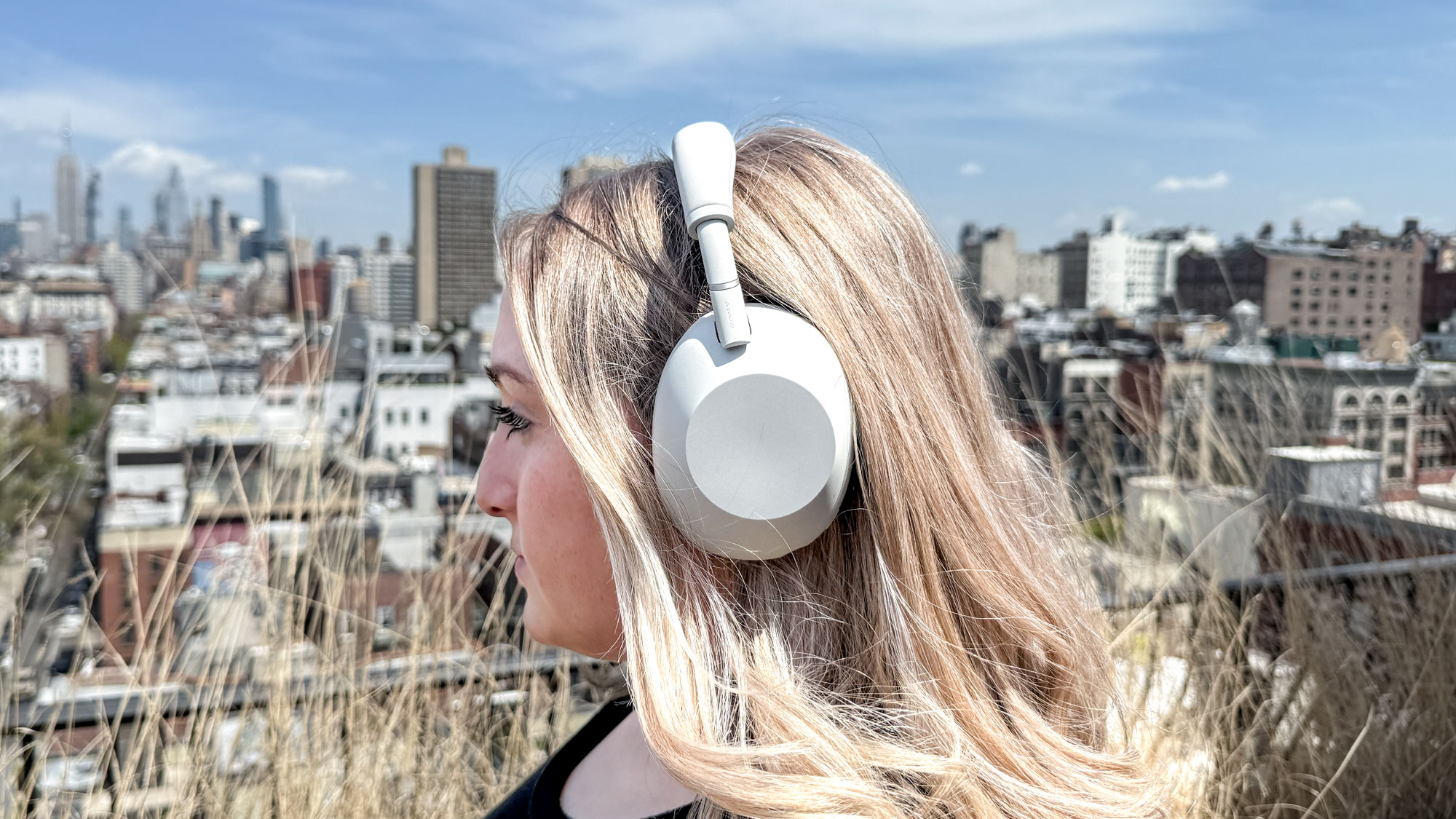
At least some of that comes down to excellent codec support. Right out of the gate, the WH-1000XM6 supports LDAC, SBC, AAC and the latest LC3 codec.
No Bluetooth codec will enable lossless playback, but with a 990kbps bitrate, LDAC can transmit 24-bit/96kHz from streaming services like Tidal, Apple Music and Qobuz. I used the latter for my audio testing.
So what’s the downside here? Well, the vocal clarity does come at the expense of a wide soundstage. Listening to music with, say, the AirPods Max is like listening to a live show. The Sony WH-1000XM6 feels more like you’re in the listening booth at a studio after everything’s been mixed.
With both headphones you’re missing imaging (positional locations of guitars, vocals, bass and drums) but the WH-1000XM6 are a much more focused, compact sound.
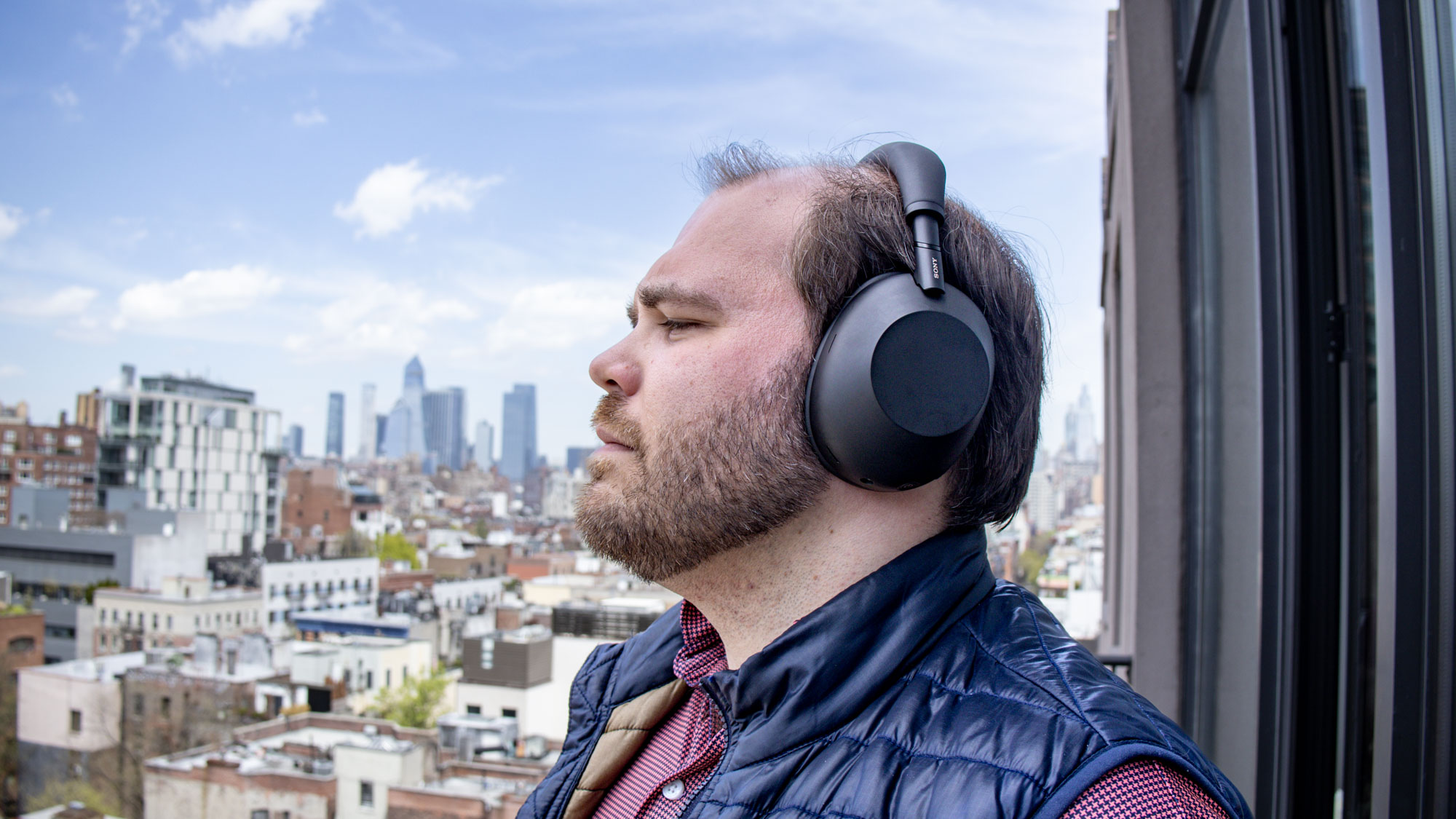
Now, Sony is working to actively open up that sound in two yet-to-be-realized ways. Like the Sony WH-1000XM5, the XM6 supports 360 Reality Audio. The tough part is finding music that’s been mastered in that format as currently only Amazon Music Unlimited has it.
The other option that Sony is touting is stereo upmixing to 360 Spatial Sound. I wasn’t able to try that ahead of launch, but it’s something I’ll spend a great deal of time tinkering with later.
Sony WH-1000XM6 review: noise cancellation
Unfortunately, I didn’t have a plane flight to hop on in the three weeks I spent with the 1000XM6, but I do have a newborn — one that will let you know when she needs a nap by crying as loudly as possible — and a Sonos system that can output more than 85db of sound.

When that happened, the M6 did a solid job blocking out most of the sound…but not all of it when I was listening to music at a moderate volume. I could, of course, blast the music above a safe listening level (greater than 80 decibels) to compete with the screams, but that didn’t feel comfortable for more than a few minutes at a time.
To simulate plane noise, I threw on an album called (Airplane Sounds) from Qobuz and cranked the sound on my Sonos system. At 70db, the airplane background noise was barely noticeable when I popped on the Sony WH-1000XM6. At 75 or 80db, however, I could hear the background noise over some music I had playing on the headphones.
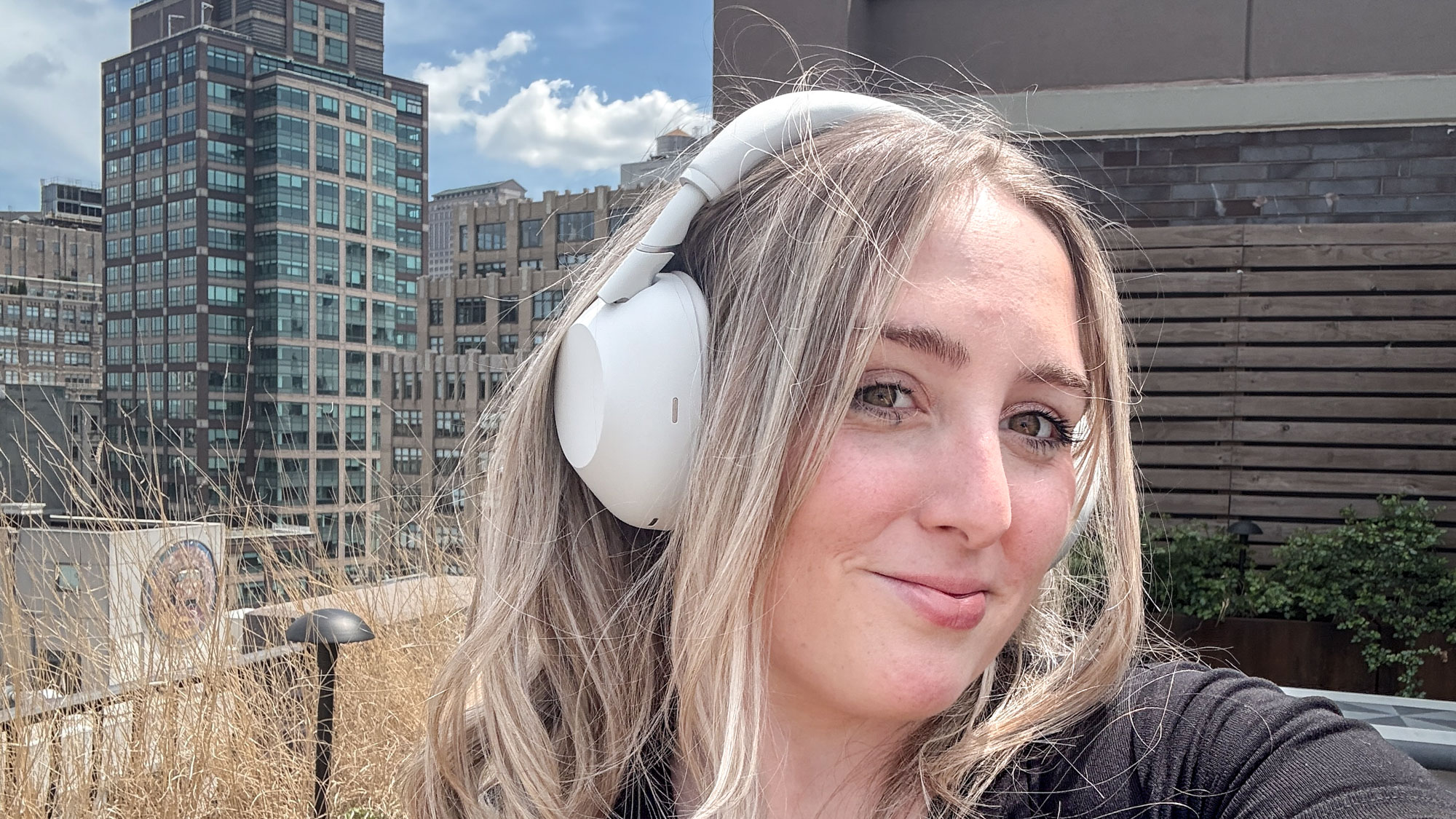
Considering that the background noise on an airplane can reach 105db during takeoff and landing, the WH-1000XM6 won’t be able to mask every sound during your next flight.
The TL;DR? If you’re sitting next to a screaming baby on an airplane or subway, expect that you’ll be able to hear both the baby and the mode of transportation, at least, partially.
Sony WH-1000XM6 review: call quality
If there’s one big reason to upgrade to the Sony WH-1000XM6, it’s for the upgrade in call quality. With 12 beamforming microphones, the XM6 do an exceptional job picking up your voice in any environment.
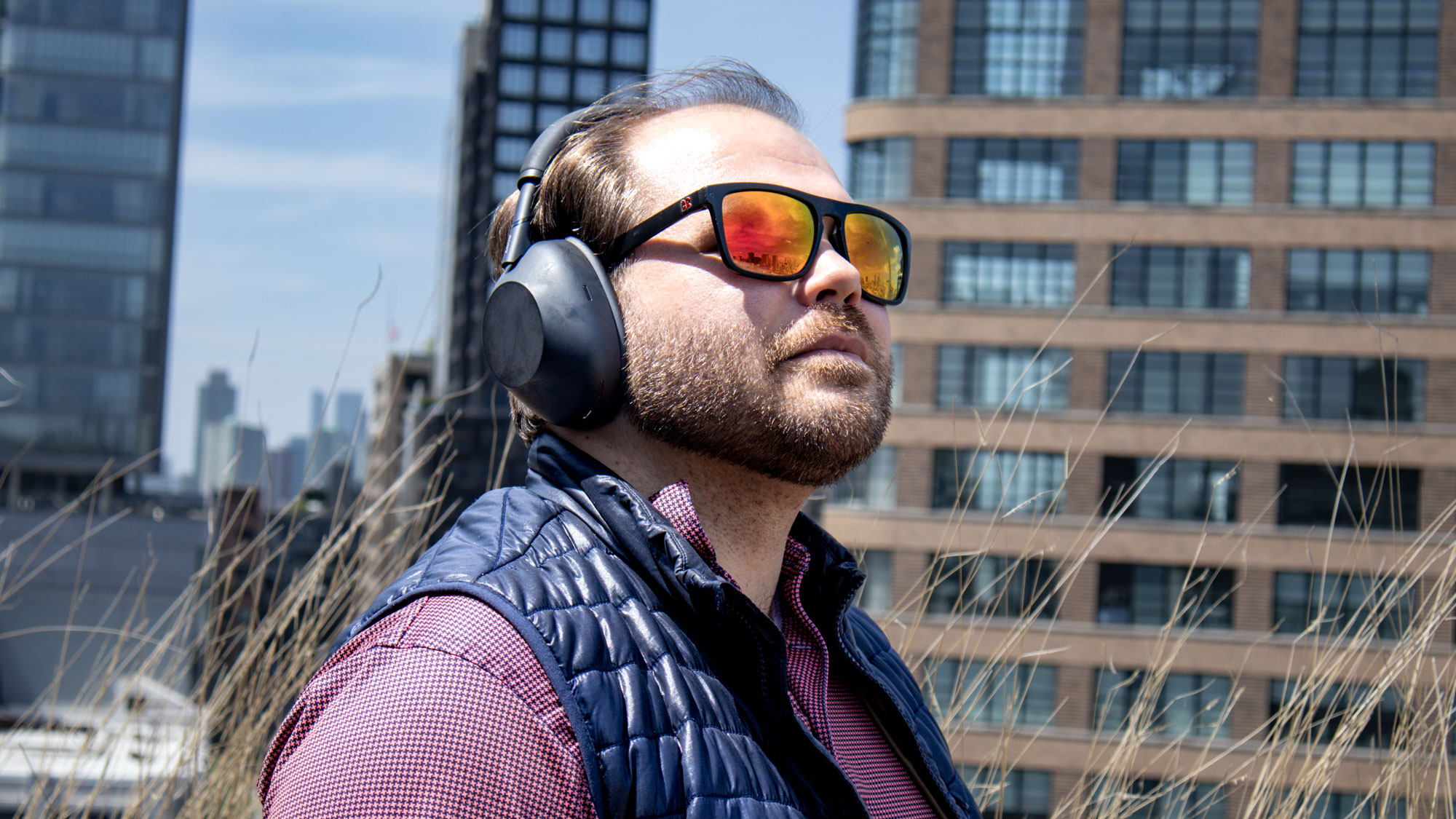
Everyone I spoke to using the headphones said that they were hugely impressed with the sound quality, with Tom’s Guide’s Staff Writer Ryan Epps calling it “perfect”.
To hear it for myself and do some comparative testing, I left voicemails on my wife’s phone using the WH-1000XM6, 1000XM5 and AirPods Max. I thought all three were great, but the XM6 were definitely the best of the bunch.
Are the WH-1000XM6 going to replace a boom mic for podcasting? No, probably not. But for conference calling, they are more than up for the task.
Sony WH-1000XM6 review: battery life
Sony says there’s been no change on the battery life front, but I’m not too bothered by that — 30 hours of ANC is more than enough. That would get you through the longest flights, no problem, or about three-and-a-half days if you’re wearing them all day at the office.
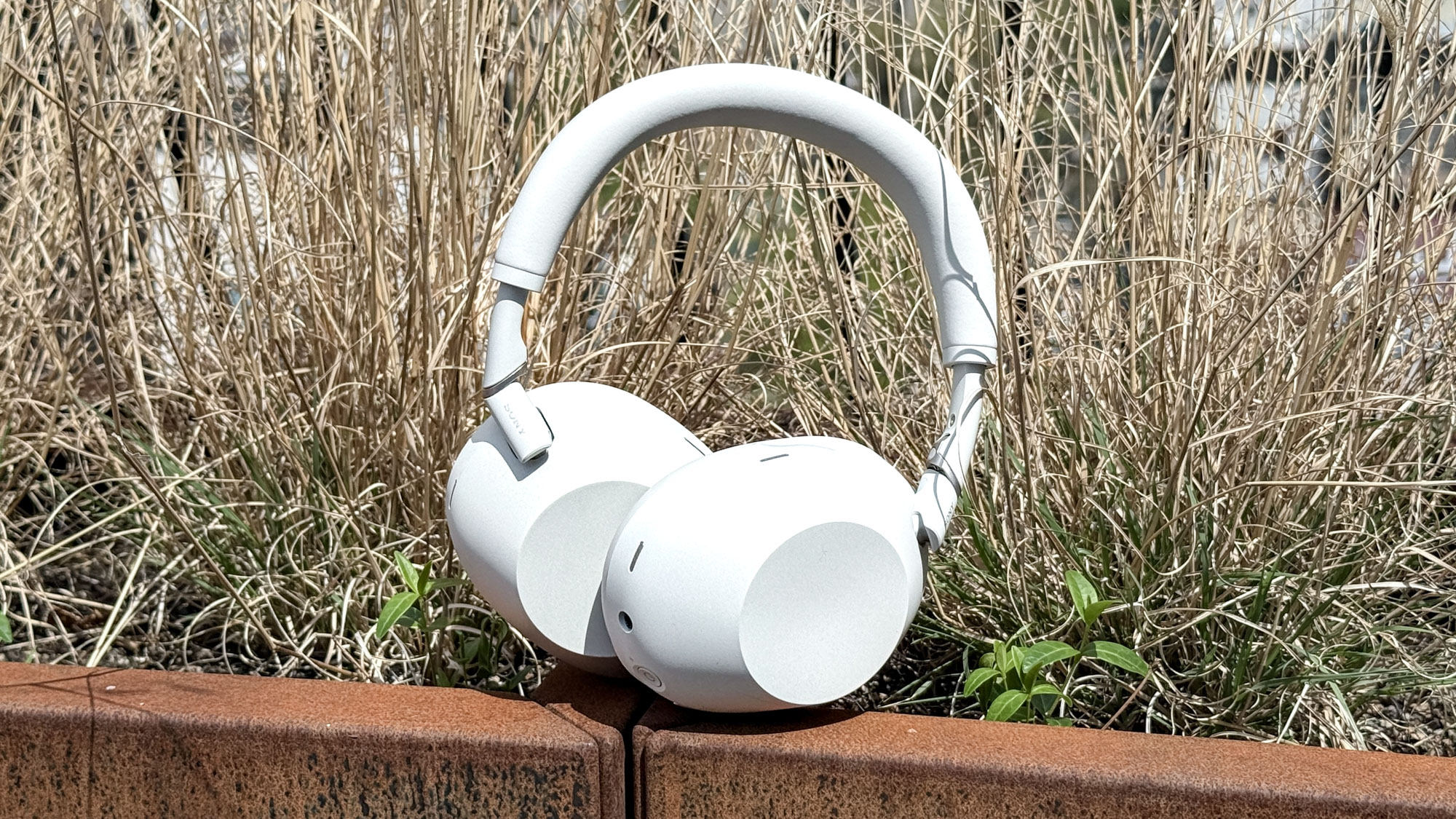
To charge them, you can connect them to a laptop via the included USB-C cable. You can charge them while you’re using them, or let them charge and walk away. Sony estimates you’ll get about three hours of playback from a three-minute charge — a number that’s tough to measure, but seems to be right based on my time charging them between sessions.
With ANC turned on, you’re looking at 30 hours of playback (give or take a bit based on how loud you listen to your music) and around 40 hours with ANC turned off. I found that 3 hours of use dropped the battery percentage to 90% — which would roughly confirm Sony's battery life claims.
That’s a fairly good battery life all things considered, and it’s around what I’d consider the industry standard. More than Bose and Apple, equal to Bowers & Wilkins, but not quite as much as Sennheiser.
Sony WH-1000XM6 review: verdict
They’re not a massive overhaul, obviously, but there’s just enough of a difference with them that Sony can say the WH-1000XM6 are distinctly different from their predecessors. The sound quality is now laser-focused on vocals, and the additional microphones allow the M6 to adapt to any loud ambient noise…within reason.
That said, these are not the be-all, end-all of noise cancellation, nor are they the headphones I’d reach for when I want the best bass response or a live concert sound. Precise imaging and wide soundstage just aren’t Sony’s strong suit here.
For that, I’d recommend the Bowers & Wilkins PX7 S3 when listening to music on the go, or a pair of reasonably priced open-back headphones like the Sennheiser HD505 when you’re listening to music at home and want better audio quality.
Don’t write the WH-1000XM6 off, however. They offer a decently long battery life, great codec support and much-improved call quality.
If the competition wasn’t so fierce — or its most recent predecessor such a steal for $299 — these would be a 4.5 or even a 5 out of 5, but as they are, they are very good and sure to be a staple on our list of the best headphones for years to come.
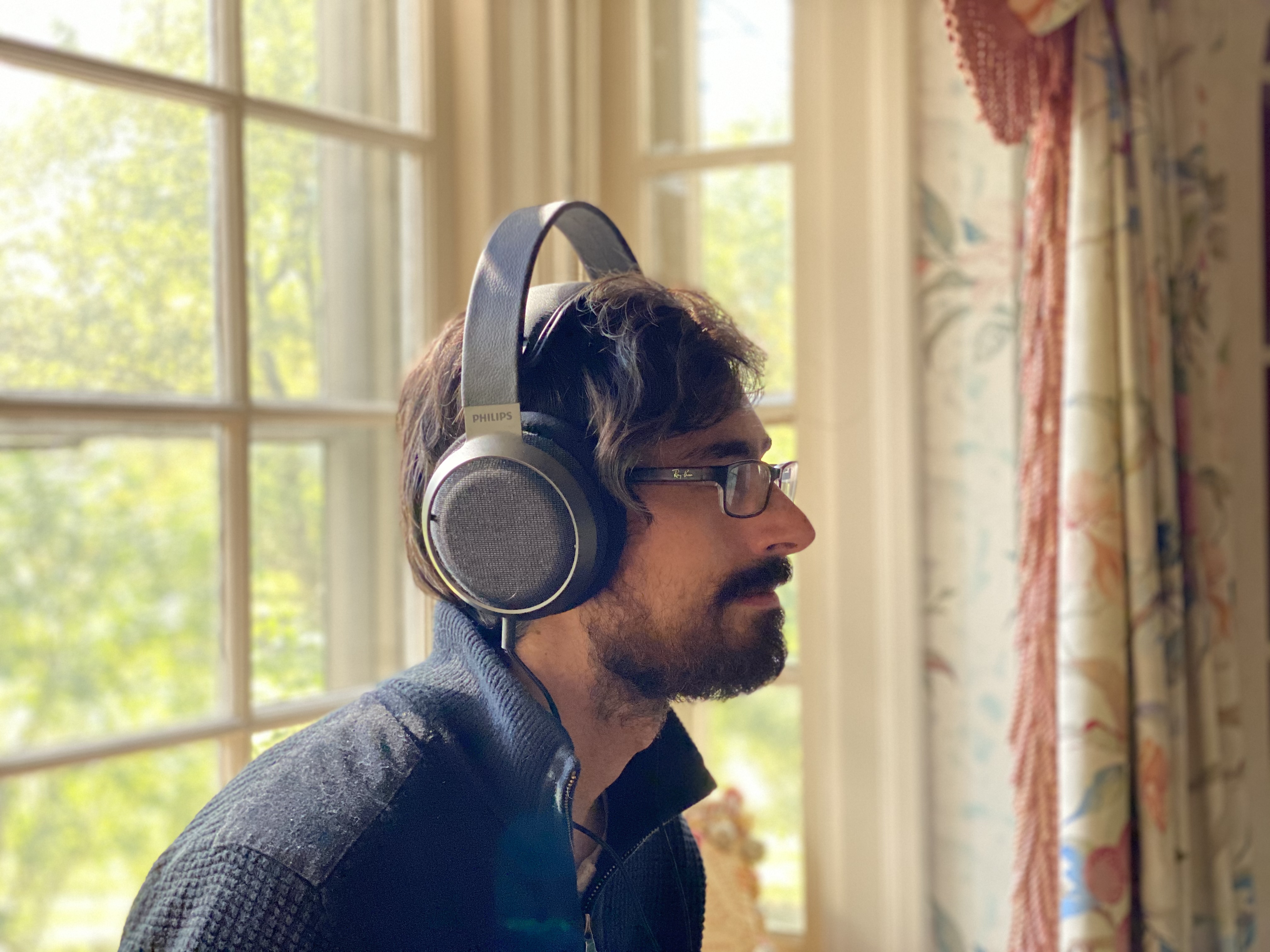
Nick Pino heads up the TV and AV verticals at Tom's Guide and covers everything from OLED TVs to the latest wireless headphones. He was formerly the Senior Editor, TV and AV at TechRadar (Tom's Guide's sister site) and has previously written for GamesRadar, Official Xbox Magazine, PC Gamer and other outlets over the last decade. Not sure which TV you should buy? Drop him an email or tweet him on Twitter and he can help you out.
You must confirm your public display name before commenting
Please logout and then login again, you will then be prompted to enter your display name.
